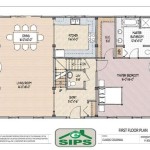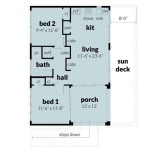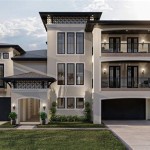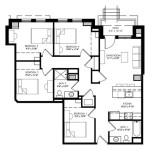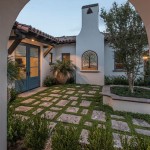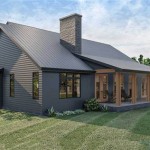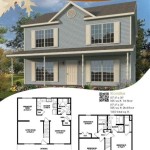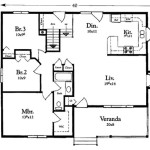Floor Plans of English Manor Houses
English manor houses, with their grand proportions and elegant details, have captivated the imagination of home enthusiasts for centuries. These sprawling abodes were once the exclusive domain of the landed gentry, but today, their architectural legacy continues to inspire modern-day home design.
Typical Floor Plan Layout
Traditional English manor houses typically follow a symmetrical layout, with a central entrance hall leading to a grand staircase. The formal rooms, such as the drawing room, dining room, and library, are usually arranged on the ground floor, while the private quarters, including the bedrooms and dressing rooms, are located on the upper floors.
One of the most characteristic features of English manor houses is the presence of a Great Hall, a large, open space that was originally used for entertaining guests and holding feasts. In modern houses, the Great Hall may serve as a formal living or reception area.
Ground Floor
The ground floor of an English manor house typically includes the following rooms:
- Entrance Hall: A spacious and grand entrance hall that welcomes guests and leads to the main rooms of the house.
- Drawing Room: A formal living room used for receiving guests and holding social gatherings.
- Dining Room: A large and elegant dining room where formal meals are served.
- Library: A well-stocked library that serves as a private retreat or study.
- Morning Room: A smaller, informal living room that is often used for breakfast or afternoon tea.
- Kitchen: A large and well-equipped kitchen that is typically located near the dining room.
Upper Floors
The upper floors of an English manor house are dedicated to private living spaces, including:
- Bedrooms: A master bedroom suite with an attached dressing room, as well as several additional bedrooms for family members and guests.
- Bathrooms: Private bathrooms for each bedroom, often featuring luxurious amenities such as freestanding tubs and marble showers.
- Sitting Room: A private sitting room or lounge area that is often located adjacent to the bedrooms.
- Nursery: A room dedicated to young children, with a play area, cribs, and changing facilities.
Variations and Adaptations
While traditional English manor houses have a recognizable floor plan layout, there are some variations and adaptations that can be seen in different historical periods and regional styles:
- Tudor Manor Houses: Known for their half-timbered exteriors and asymmetrical floor plans, Tudor manor houses often have a central courtyard.
- Georgian Manor Houses: Characterized by their symmetrical facades and Palladian windows, Georgian manor houses typically have a more formal and grand floor plan.
- Modern Manor Houses: Inspired by the traditional English manor house, modern interpretations feature contemporary materials and design elements, while still maintaining the grandeur and elegance of their historical counterparts.
Conclusion
The floor plans of English manor houses are a testament to the architectural ingenuity and refined taste of their creators. These grand homes, with their symmetrical layouts, elegant proportions, and expansive living spaces, continue to set the standard for luxury and sophistication in modern-day home design.

English Mansion House Plans From The 1800s

On English Country Houses

Floor Plans English Manor Vanbrouck Associates Luxury Residential Design

Greenwich

English House Historic Plans Classical Home

Floor Plans English Manor Vanbrouck Associates Luxury Residential Design

Old English Manor Layout

English Country Manor 15878ge Architectural Designs House Plans

Home Plan Hamilton Sater Design Collection

Eastbury Manor House Hazel Stainer

